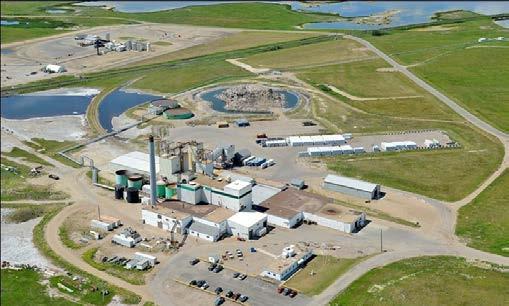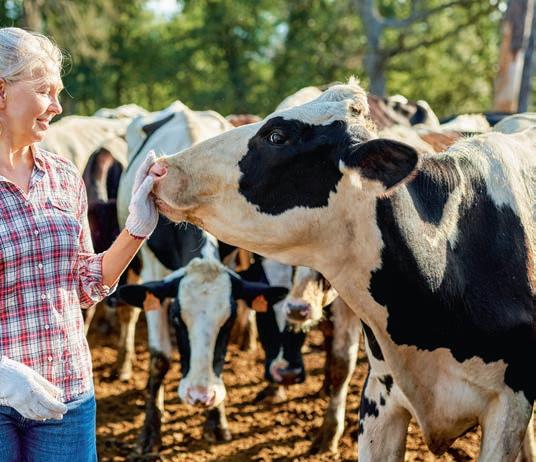
1 minute read
Canadian Agricultural Safety Week Farm safety means good business


Advertisement


Agriculture is a big business in Canada.


Recent statistics show that Canada’s agriculture and agri-food system employs around 2 million people and generates about $140 billion annually, more than 7 per cent of the country’s GDP.


Canadian Agricultural Safety Week (CASW) raises awareness of farm safety on the third week of March of every year. Since farming is one of Canada’s most hazardous occupations, decision-makers in agriculture must account for health and safety in planning and budgeting.

In addition to the financial impacts, the Canadian Agriculture Safety Association (CASA) has identified three other areas where businesses are affected by worker health and safety.
1. COMMODITY LOSS
When a worker is injured, the remaining staff may take on increased work, which puts them at a higher risk of making dangerous mistakes. Even if a re- placement worker is hired, the new person needs training and time to get “up to speed.” The result of the farming operation is a loss in productivity.

2. LITIGATION EFFECTS
Workplace accidents make businesses vulnerable to legal action at three levels. They’re liable to regulators like the Canadian Centre for Occupational Health and Safety. They may also be sued in civil court or tried under criminal law. Beyond the legal costs, the outcomes of such actions can have longterm ramifications for businesses.
3. HUMAN IMPACT

Every year in Canada, more than 100 people, including some children, are lost to agricultural fatalities. The injured person is only the beginning of these impacts because injury and loss of life affect entire families and communities. In addition, a workplace injury impacts morale and quality of life for everyone working and living on that farm.
$10 Per Day Child Care In Saskatchewan By April 2023
By partnering with the federal government, Saskatchewan is one of the first Canadian provinces to provide $10 per day regulated child care beginning on April 1, 2023. Parents whose children are under the age of six and attend regulated child care on a full-time basis can expect to pay $217.50 per month, saving an average of $395 to $573 per month. Investing in affordable, inclusive, high-quality child care gives children a positive start in life while providing parents with the flexibility and choice to build a family and career.










